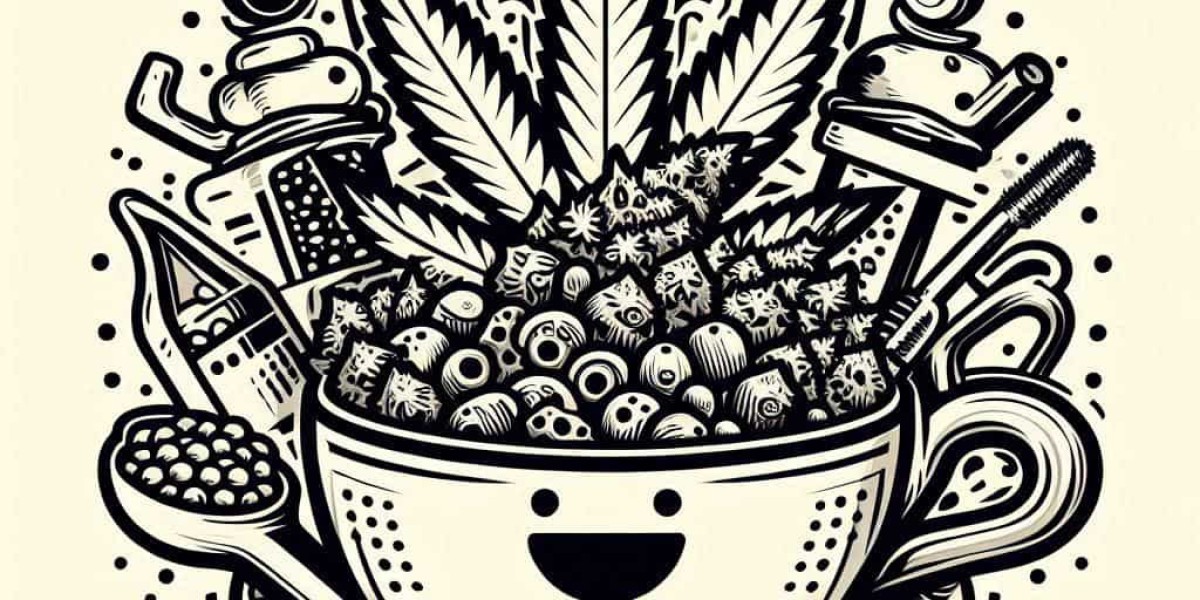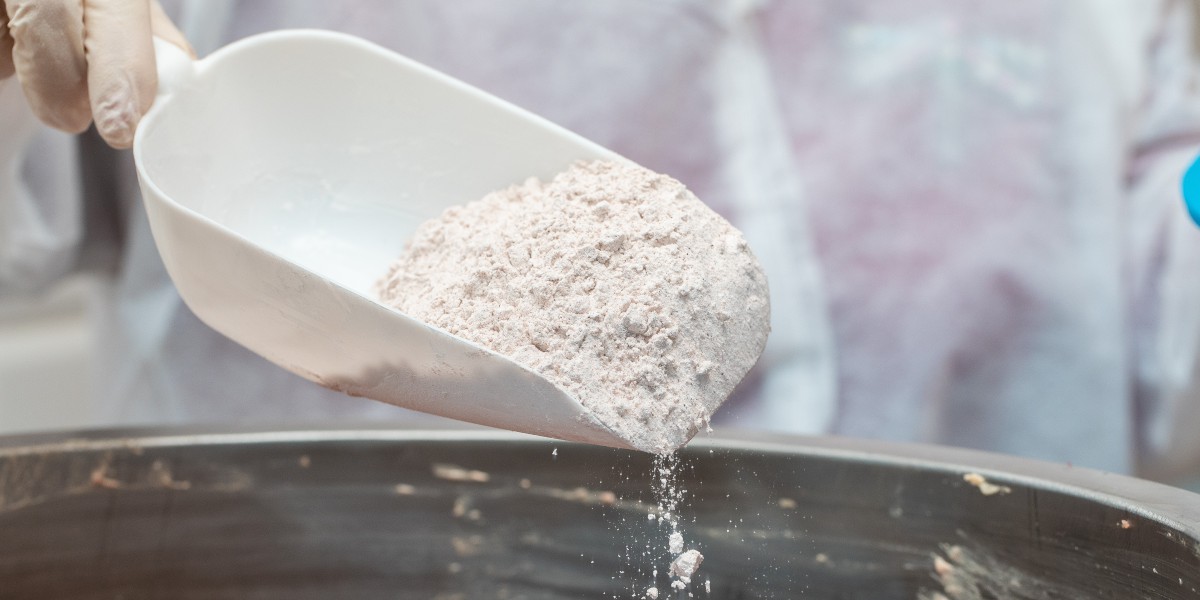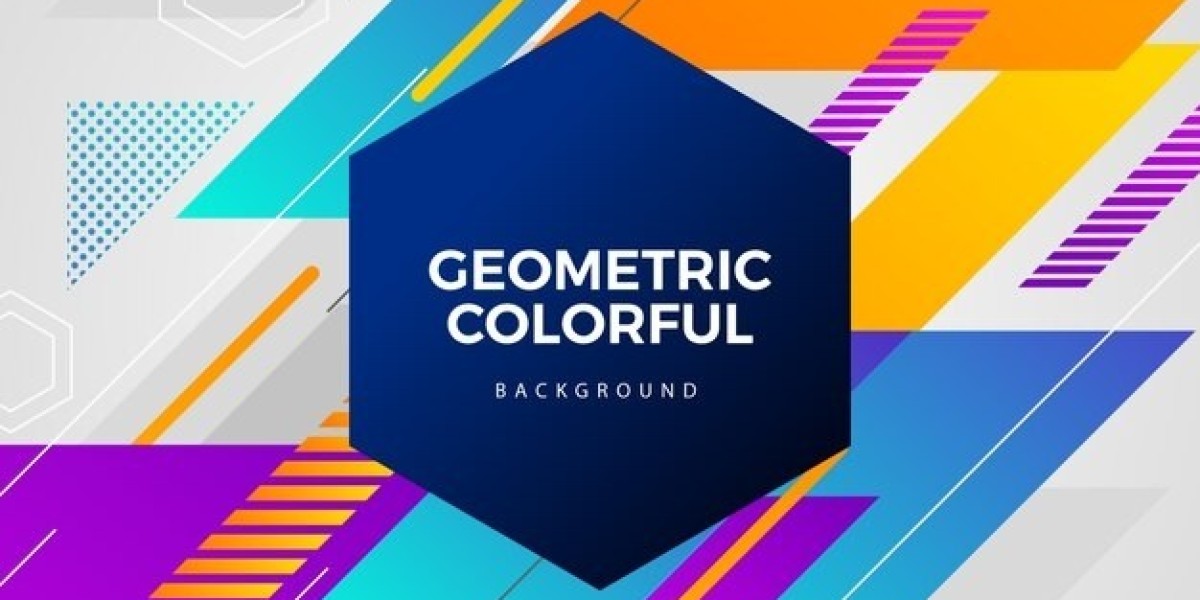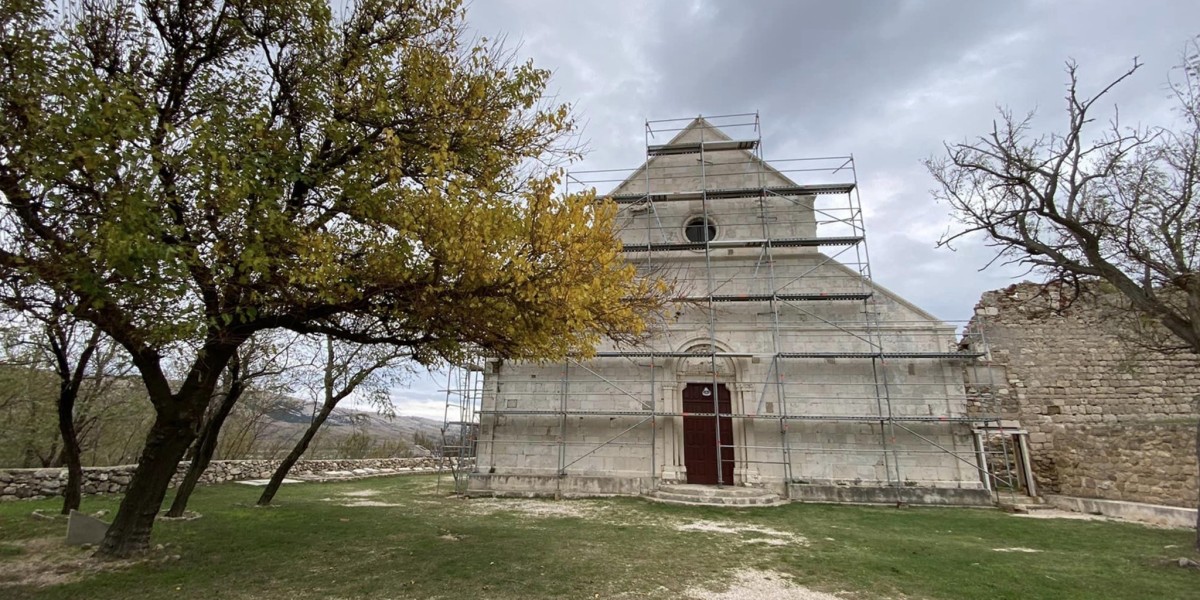The titanium-free food color market in the Netherlands is experiencing significant growth, mirroring a broader European and global trend driven by increasing consumer awareness and regulatory shifts regarding the safety of titanium dioxide (TiO₂ or E171). Titanium dioxide has been widely used as a white pigment and opacifying agent in various food products for its ability to impart brightness and whiteness. 1 However, following concerns raised by the European Food Safety Authority (EFSA) regarding potential genotoxicity, the European Union, including the Netherlands, has banned the use of TiO₂ as a food additive, with the ban taking full effect in August 2022. 2 This regulatory change has created a substantial demand for effective and safe titanium-free alternatives in the Dutch food and beverage industry.
The Netherlands, with its strong food processing sector and health-conscious consumer base, represents a key market for titanium-free food colors. Food manufacturers in the Netherlands are actively seeking replacements that can provide similar functionality and visual appeal without raising health concerns. This has spurred innovation and growth in the market for natural and other alternative coloring agents. The demand spans across various food categories, including confectionery, bakery goods, dairy products, sauces, and processed foods, all of which previously utilized TiO₂ for whitening or color enhancement purposes in the Netherlands.
VIEW FULL REPORT ACCESS AT: https://www.marketresearchfuture.com/reports/titanium-free-food-color-market-38371
The titanium-free food color market in the Netherlands encompasses a wide range of alternatives, primarily focusing on natural colorants derived from fruits, vegetables, and other edible plant sources. These include pigments like carotenoids (providing yellow, orange, and red hues from sources such as carrots and paprika), anthocyanins (offering red, purple, and blue shades from berries and black carrots), and betalains (yielding red and yellow from beetroot). Additionally, other natural sources like spirulina (blue and green), turmeric (yellow), and various plant-based extracts are gaining prominence in the Dutch market as viable replacements for TiO₂.
Manufacturers and suppliers in the Netherlands and across Europe are investing significantly in research and development to improve the performance, stability, and cost-effectiveness of titanium-free white and opacifying agents. Achieving the same level of whiteness and opacity as TiO₂ with natural alternatives can be technically challenging, requiring innovative formulations and processing techniques. Solutions such as starch-based coatings and emulsions, mineral-based alternatives like calcium carbonate, and specific combinations of natural pigments are being explored and implemented by food producers in the Netherlands to meet consumer expectations for visually appealing products.
The regulatory landscape in the Netherlands, aligned with EU directives, strongly supports the transition to titanium-free food colors. This provides a clear framework for food manufacturers and encourages the adoption of safer alternatives. Consumer preference for clean-label and natural ingredients further reinforces this trend, as Dutch consumers increasingly scrutinize ingredient lists and opt for products perceived as healthier and more natural. This demand creates a significant opportunity for suppliers of high-quality, titanium-free coloring solutions in the Netherlands.
Several international and European players in the food colorant industry, including those with a presence or distribution networks in the Netherlands, are actively catering to this growing demand. Companies specializing in natural food colors are expanding their portfolios and developing innovative solutions to address the specific needs of the Dutch market. Collaborations between ingredient suppliers and food manufacturers in the Netherlands are also on the rise, aimed at formulating and implementing effective titanium-free coloring strategies across various product lines.
In conclusion, the titanium-free food color market in the Netherlands is a dynamic and expanding sector driven by regulatory changes and strong consumer demand for natural and safe food ingredients. The ban on titanium dioxide has spurred innovation and the adoption of a wide range of natural colorants and alternative opacifying agents. As the Dutch food industry continues to adapt to this new landscape, the market for high-quality, effective titanium-free food coloring solutions is expected to witness sustained growth and development.








